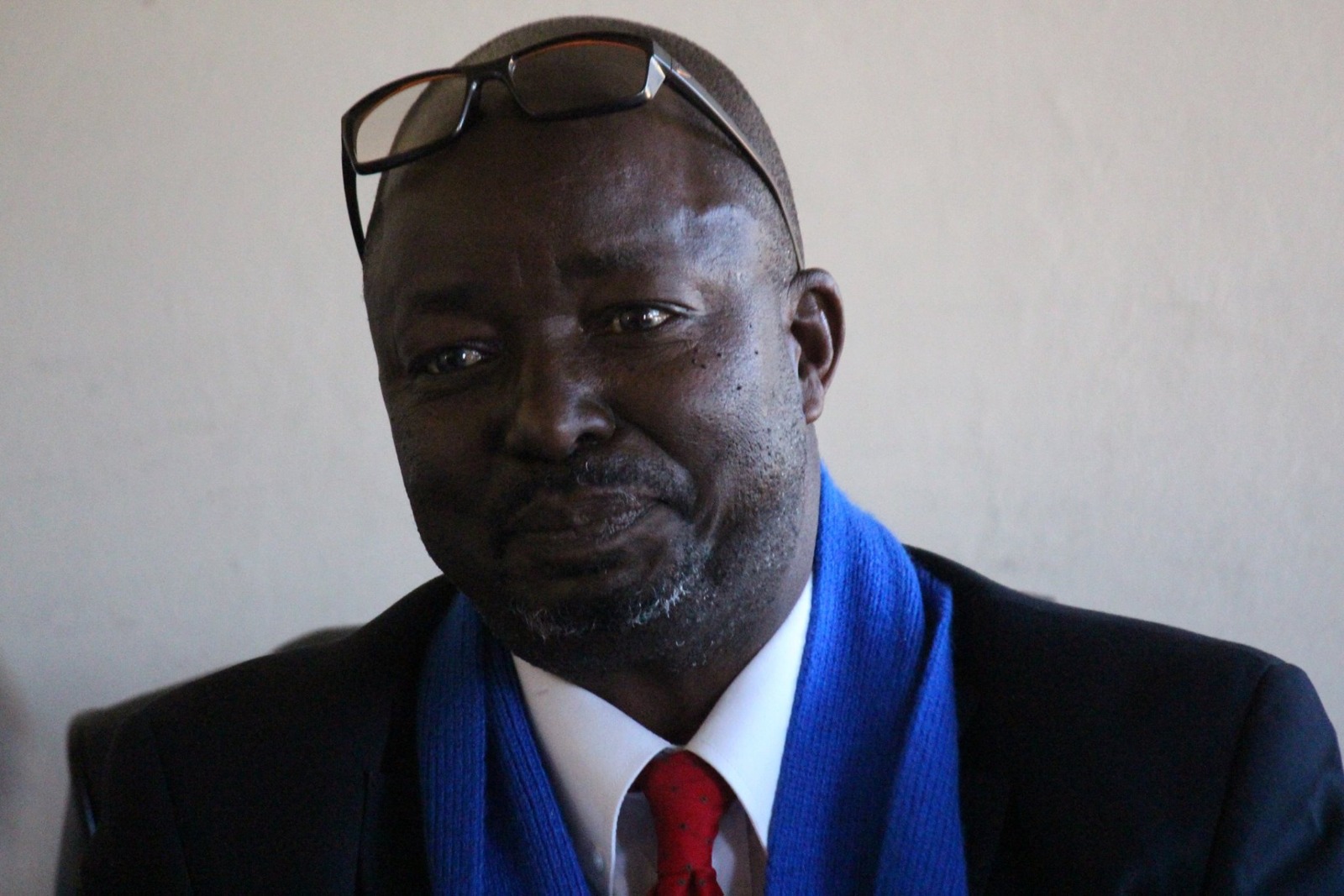SOUTH Africa’s Western Cape is renowned for its wines and liquors. But for the country’s Eastern Cape there’s another drink at the top of the agenda – milk.
In the past decade the region has doubled its production. One of the biggest milk producers in Africa, the nation as a whole has an average of 357 cows per herd – to put this figure in context, only 13 countries globally can boast an average of 100 or more.
Kenya, Sudan and Egypt also rank among the top milk-producing countries on the continent, all contributing significantly to Africa’s 13,4 million dairy farms.
But despite the impression of mass industrial-scale farming, the average cattle herd is only 10 cows strong. From the nomadic Maasai in Kenya to the Bodi tribe in Ethiopia, small herds are still a way of life for some. The cow is integral: the key to daily sustenance, and for the Bodi, glory.
But cows are far from being the only source of milk.
Alternative dairy products such as camel milk are also big business – and becoming an increasingly exportable commodity. It’s claimed to have three times as much vitamin C as cow’s milk and 50% less fat, so it’s good for you too.
Along with cows and camels, goats and sheep contribute to a rich and diverse dairy industry. –CNN
Stay informed with The Namibian – your source for credible journalism. Get in-depth reporting and opinions for
only N$85 a month. Invest in journalism, invest in democracy –
Subscribe Now!






